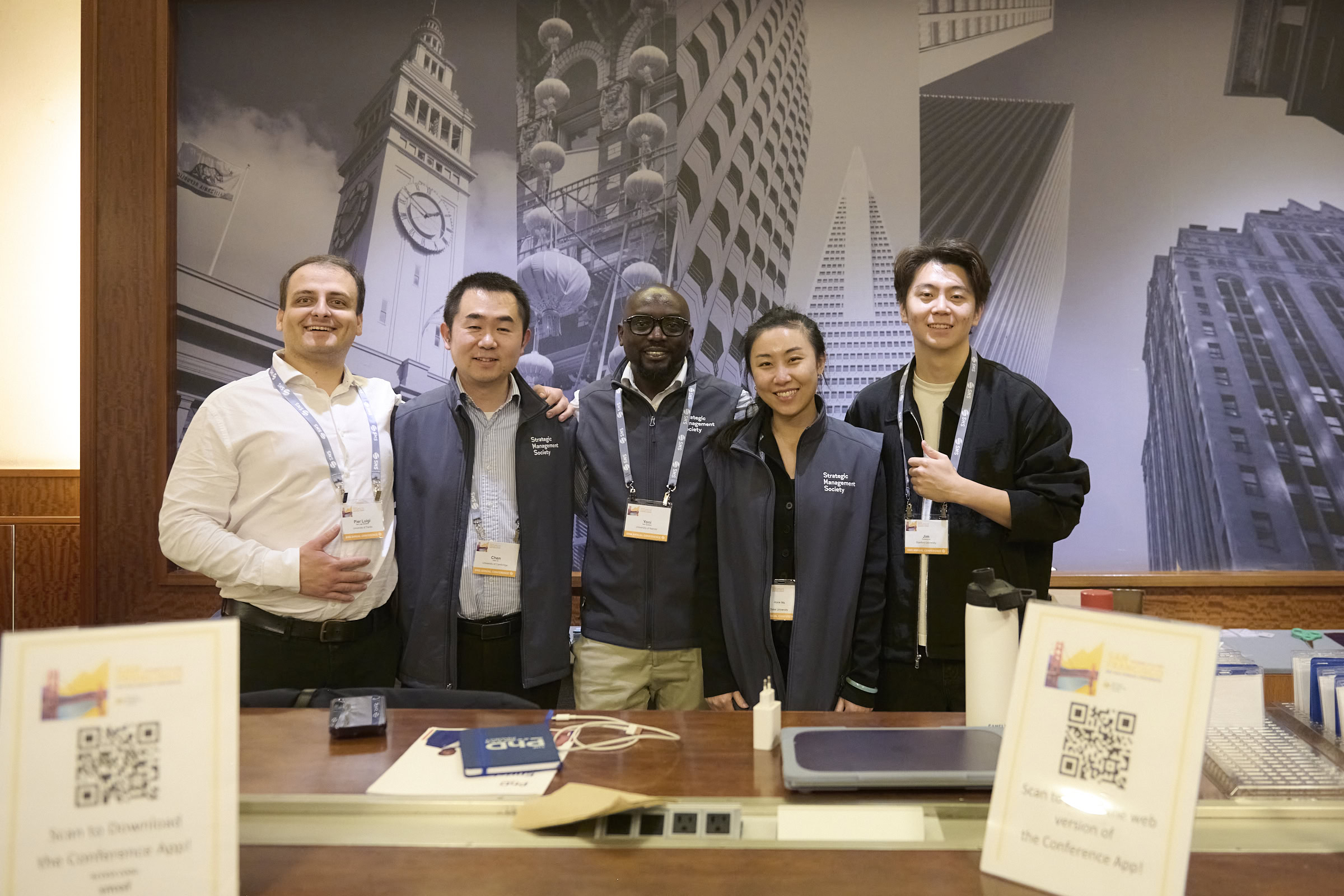When a corporation wants to leverage public pressure to achieve government policy changes, the endorsement of a high-profile political figure can lend legitimacy. But for some operations, it’s connections to agents moving in the shadows who exert the most influence on procurement outcomes.
A study published in Strategic Management Journal investigates the relationship between political visibility and corporate political connections (CPCs)—and finds that institutional transparency doesn’t always take political influence out of the equation.
“In developed democracies, elected politicians such as legislators, ministers, and heads of state are often subject to public oversight, media attention, and institutional checks that limit their ability to directly allocate benefits to connected firms,” said study author Tony L. He, an assistant professor of management and global business at Rutgers Business School. “Their formal authority over public resources makes them powerful, but it also makes their actions more observable and politically risky.”
“As a result, even if they were to engage in favoritism, their influence might be confined to the more plausibly deniable or less visible steps of the allocative process where their involvement is less conspicuous,” Dr. He added.
He found that CPCs operating outside the spotlight—such as unelected advisors, aides and administrative staff—might be more effective drivers of corporate influence in certain public allocation processes, because they play a crucial role in shaping government decisions but are subject to less scrutiny.
Drawing on a combination of case studies, empirical data and theoretical models, Dr. He explored how corporations approach visibility with their political engagement. He used a sample of 14,849 public procurement contracts across 28 European countries from 2011 to 2017, examining the association of contract bid success with the involvement of CPCs.
The analysis breaks down differences in the influence of elected politicians versus unelected political agents. In addition to aides, advisors, and administrative staff, Dr. He further granulated CPC types into procurement and development officials, market and business regulators, ambassadors and other diplomatic officials, judicial officials, and other political agents.
He also explored how the nature of the contract—whether there was an open or closed bidding process, whether the bidding was competitive, and whether the contracts had technical or economic requirements—related to the effect of CPC influences.
“I find that connections to unelected officials, such as aides and advisors, exert greater influence on firms’ public procurement outcomes than connections to elected officials,” Dr. He said.
Elected politicians may affect non-competitive awards by shaping the rules that restrict competition, rather than intervening during the more transparent stages when bids are evaluated, he proposed. Unelected officials, on the other hand, may influence a broader range of competitive and non-competitive procurements, taking advantage of their lower visibility to engage across processes.
Unelected CPCs, because they’re not directly tied to decision-making responsibilities, can plausibly deny both their influence and the actions of the firms involved. They also tend to stick around for longer, remaining in professional staff positions that are unaffected by term limits and political swings.
“In competitive situations, firms must remain vigilant to the possibility that rivals may leverage lower-visibility channels of influence, securing advantages that are less easily detected and potentially more difficult to counteract,” Dr. He advised.
His findings shine light on potential issues in the realm of corporate transparency. “Strengthening accountability mechanisms for administrative and advisory positions could help mitigate the risk of undue influence and corruption,” Dr. He noted.
Efforts to increase transparency should also account for the complexity of public-private processes, recognizing that it’s not only direct favoritism but also quieter mechanisms that shape competition.
Dr. He suggests several avenues for further research. Additional studies could investigate the role of inter-agent dynamics in corporate political influence. Researchers might also examine CPCs in other contexts, such as regulatory policymaking and enforcement decisions, to examine how “visible” politicians might use their influence with processes—and people—who give them more cover from scrutiny.
“Future research could leverage qualitative methods to uncover the specific tactics used by different political agents to influence allocative decisions,” Dr. He said. “This could shed light on the informal mechanisms at play.”




